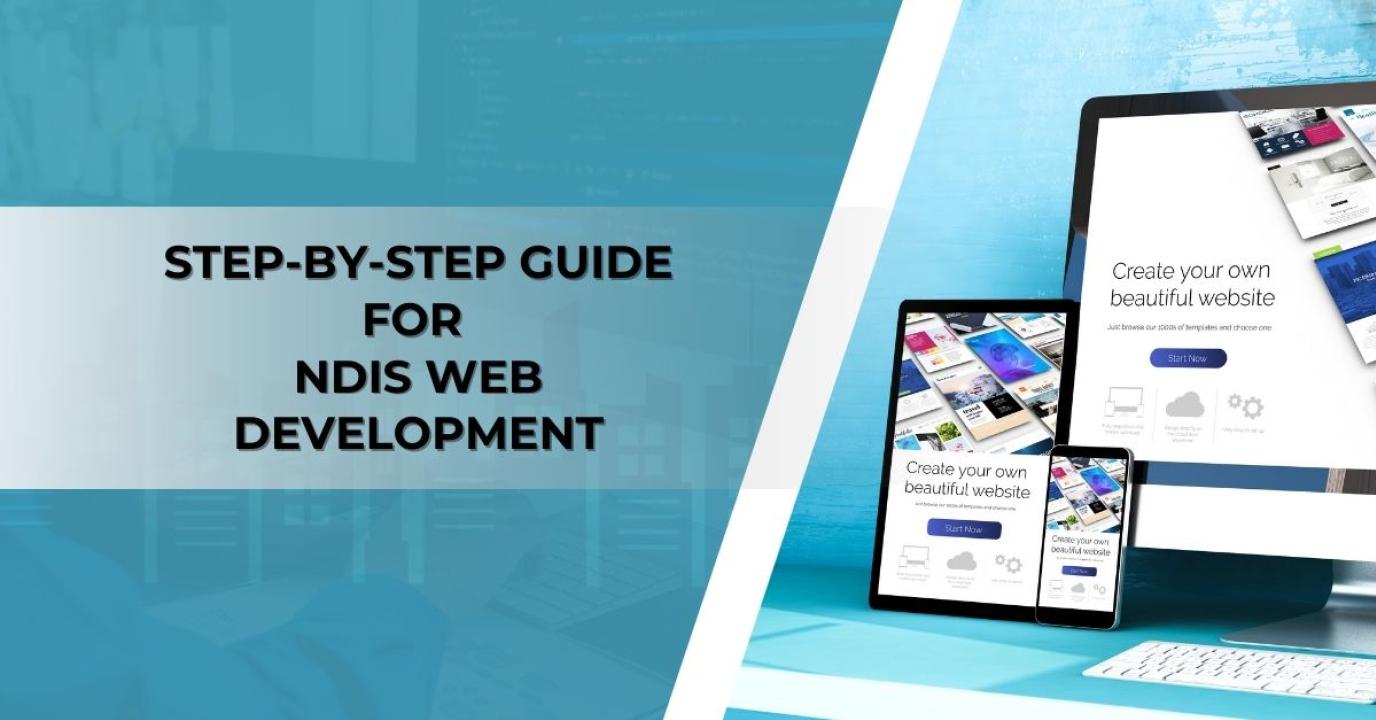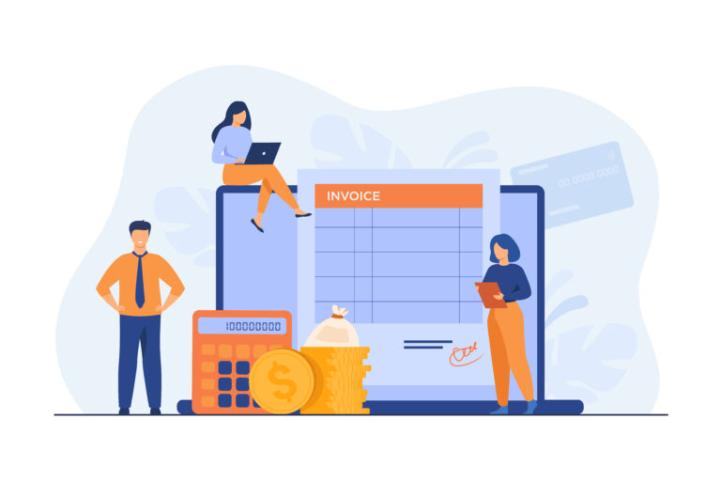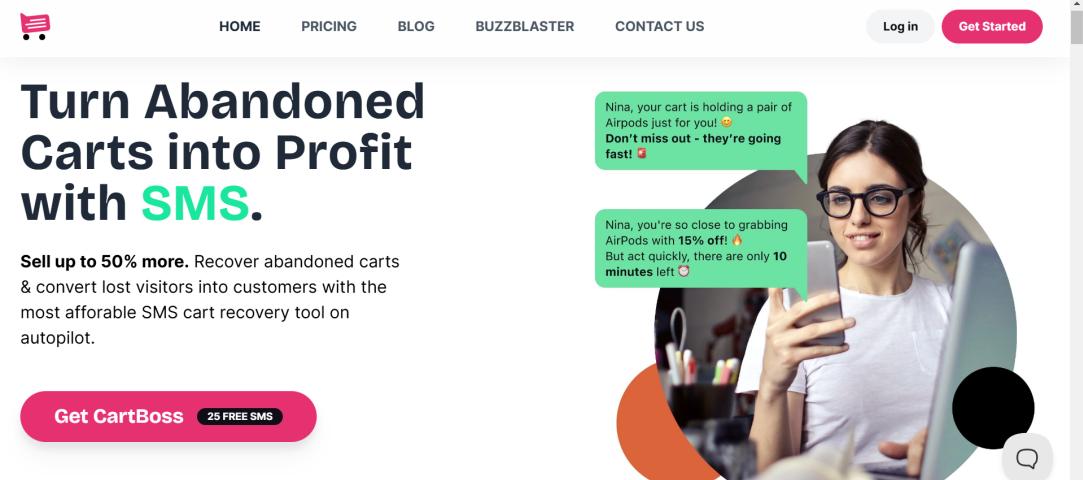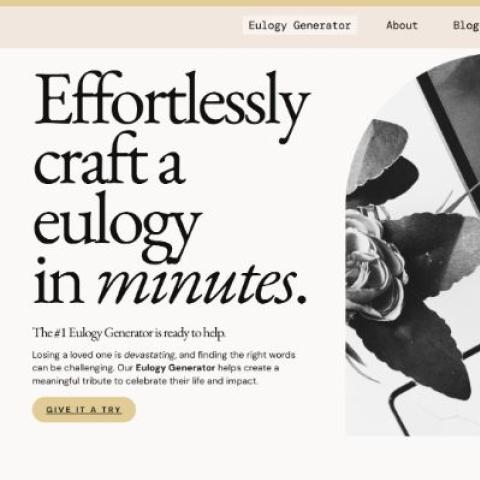If you want to improve your NDIS provider website to get more leads and keep your visitors happy, this guide is for you. A well-designed website makes a huge difference in how users experience your site, which can directly affect how many people contact you or use your services.
Making a simple website that's easy to use is important. It should load quickly and work well on any device. By focusing on a good user experience with clear instructions and useful info, your website will be better for visitors. Also, using the right words can help your site show up higher in search results, bringing more people to it.
This article covers the best practices to make your NDIS website stand out, increase engagement, and improve your conversion rates. Whether you’re building a new website or updating your current one, these tips will help you create a website that works.
Why Website Design Matters for NDIS Providers?
Today, your website is usually where new clients first learn about your NDIS services. A well-designed site is easy to use, looks nice, and gives useful information. This helps build trust and encourages people to take action.
Know Your Audience
It looks like you've got a clear understanding of the importance of knowing your audience before designing a website, especially for NDIS providers. If you need any more help or have questions about this topic, feel free to ask!
Key Elements for a Great NDIS Website
Here are some important features to focus on when designing your NDIS web development:
1. Easy Navigation
Your website should be easy to navigate. Visitors should quickly find what they’re looking for without frustration. Use simple and clear menu options, and consider adding a search bar or breadcrumb links to guide users.
2. Clear Calls to Action
A call to action (CTA) guides visitors on the next step to take. Whether it's filling out a contact form, signing up for updates, or requesting more information, make sure your CTAs are easy to spot and direct visitors toward the next step.
3. Mobile-Friendly Design
More people now use their phones to browse websites. Your website needs to work well on all devices and look good on any screen size. A mobile-responsive design changes to fit different screens, so everyone has a good experience, no matter what device they use.
4. Fast Loading Times
Slow websites drive visitors away. To keep your audience engaged, your website needs to load quickly. Optimise images, reduce unnecessary scripts and choose a reliable web hosting service to improve your site’s speed.
Making Your NDIS Website User-Friendly
The goal of web design is to make your website simple and enjoyable to use. Here’s how to improve the user experience (UX) for your visitors:
Clear Navigation: Organise your content logically and make sure menu labels are easy to understand.
Attractive Visual Design: Choose a clean, professional design with easy-to-read fonts, high-quality images, and consistent colours that reflect your brand.
Accessibility Features: Make sure your website is accessible to everyone, including people with disabilities. Add features like text descriptions for images and videos, and make sure the site can be navigated using a keyboard.
Mobile Responsiveness and Accessibility
Your website must look and work great on mobile devices, as more people use phones and tablets to browse the web. Responsive design means your website will adjust itself to fit the screen size, whether it’s a phone, tablet, or desktop.
Make sure your site can be used by everyone, even people with sight or hearing difficulties. Add captions to videos, give descriptions for pictures, and make sure the site works with screen readers.
Tips to Increase Conversion Rates
Conversion rate optimisation (CRO) is about turning visitors into leads or customers. Here are some tips to improve your website’s effectiveness:
Strong CTAs: Use action words in your CTAs like "Get Started," "Request a Quote," or "Contact Us Today." Make sure the buttons are easy to find and encourage visitors to take action.
Simplified Forms: Make forms as simple as possible. Only ask for the most important information and keep it short to avoid overwhelming your visitors.
Social Proof: Show testimonials, reviews, or success stories to build trust with your audience. When people see others’ positive experiences with your services, they are more likely to take action themselves.
Providing Helpful Resources
As an NDIS provider, your website should give helpful information about your services. Include things like FAQs, success stories from clients, and detailed pages about what you offer. When your site has useful and relevant content, it is more likely to turn visitors into clients.
Conclusion: Make Your NDIS Website Work for You
A well-optimised NDIS website is key to attracting and keeping visitors. Make sure it's easy to navigate, loads quickly, works well on phones, and has clear calls to action. This will make the site better for users and help turn visitors into clients.
Remember, your website is an extension of your NDIS brand. Make sure it reflects your values and provides helpful information in a way that’s easy to access and understand. With the right design, you’ll create a site that meets the needs of your audience and helps you achieve your business goals.



















